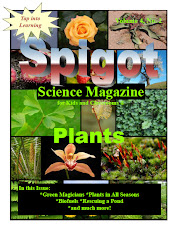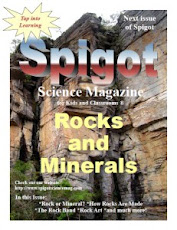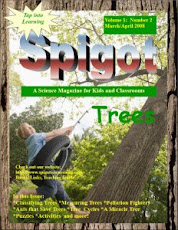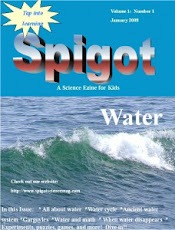Lifescience News - The New ‘Rhinopithecus Strykeri’ Species ‘Sneezes in the Rain.’
An international team of primatologists have discovered a new species of monkey in Northern Myanmar (formerly Burma.) The research, published in the American Journal of Primatology, reveals how Rhinopithecus Strykeri, a species of snub-nosed monkey, has an upturned nose which causes it to sneeze when it rains.

Field biologists led by Ngwe Lwin from the Myanmar Biodiversity And Nature Conservation Association and supported by an international team of primatologists from Fauna & Flora International (FFI) and the People Resources and Biodiversity Foundation, discovered the new species during the nationwide Hoolock Gibbon Status Review in early 2010. Hunters reported the presence of a monkey species with prominent lips and wide upturned nostrils.
Sightings were reported from the eastern Himalayas to the northeastern Kachin state leading the team to conduct field surveys which led to the discovery of a small population of a new species which displays characteristics unlike any other snub nosed species previously described.
Thomas Geissmann, who is leading the taxonomic description, describes the monkey as having almost entirely blackish fur with white fur only on ear tufts, chin beard and perineal area. It also has a relatively long tail, approximately 140% of its body size.
The species has been named
‘Rhinopithecus Strykeri’ in honour of Jon Stryker, President and Founder of the Arcus Foundation who supported the project. However, in local dialects it is called
mey nwoah, ‘monkey with an upturned face.’
While the species is new to science the local people know it well and claim that it is very easy to find when it is raining because the monkeys often get rainwater in their upturned noses causing them to sneeze. To avoid getting rainwater in their noses they spend rainy days sitting with their heads tucked between their knees.
Frank Momberg, FFI’s Regional Programme Development Coordinator, Asia Pacific, who interviewed local hunters during the field surveys suggests that the species is limited to the Maw River area. The distribution area is believed to be 270 km (squared) with an approximate population of 260-330 individuals, meaning that it is classified as Critically Endangered by IUCN.
As this new species of snub-nosed monkey inhabits the Kachin State in northeastern Myanmar it is geographically isolated from other species by two major barriers, the Mekong and the Salween Rivers, which may explain why the species has not been discovered earlier.
According to local hunters the monkeys spend the summer months, between May and October, at higher altitudes in mixed temperate forests. In winter they descend closer to villages when snowfall makes food scarcer.
Species of snub-nosed monkeys are found in parts of China and Vietnam. Presently all species are considered endangered. Until now no species have been reported in Myanmar. However, this latest addition to the snub-nosed family is already critically endangered due to increasing hunting pressure resulting from the building of logging roads by Chinese companies beginning to invade the previously isolated distribution area of this newly discovered monkey.
Mark Rose, Chief Executive of Fauna & Flora International said,
“We are committed to taking immediate conservation action to safeguard the survival of this important new species together with our partners and local communities in Myanmar.”
Images are credited to; Dr Thomas Geissmann.



















